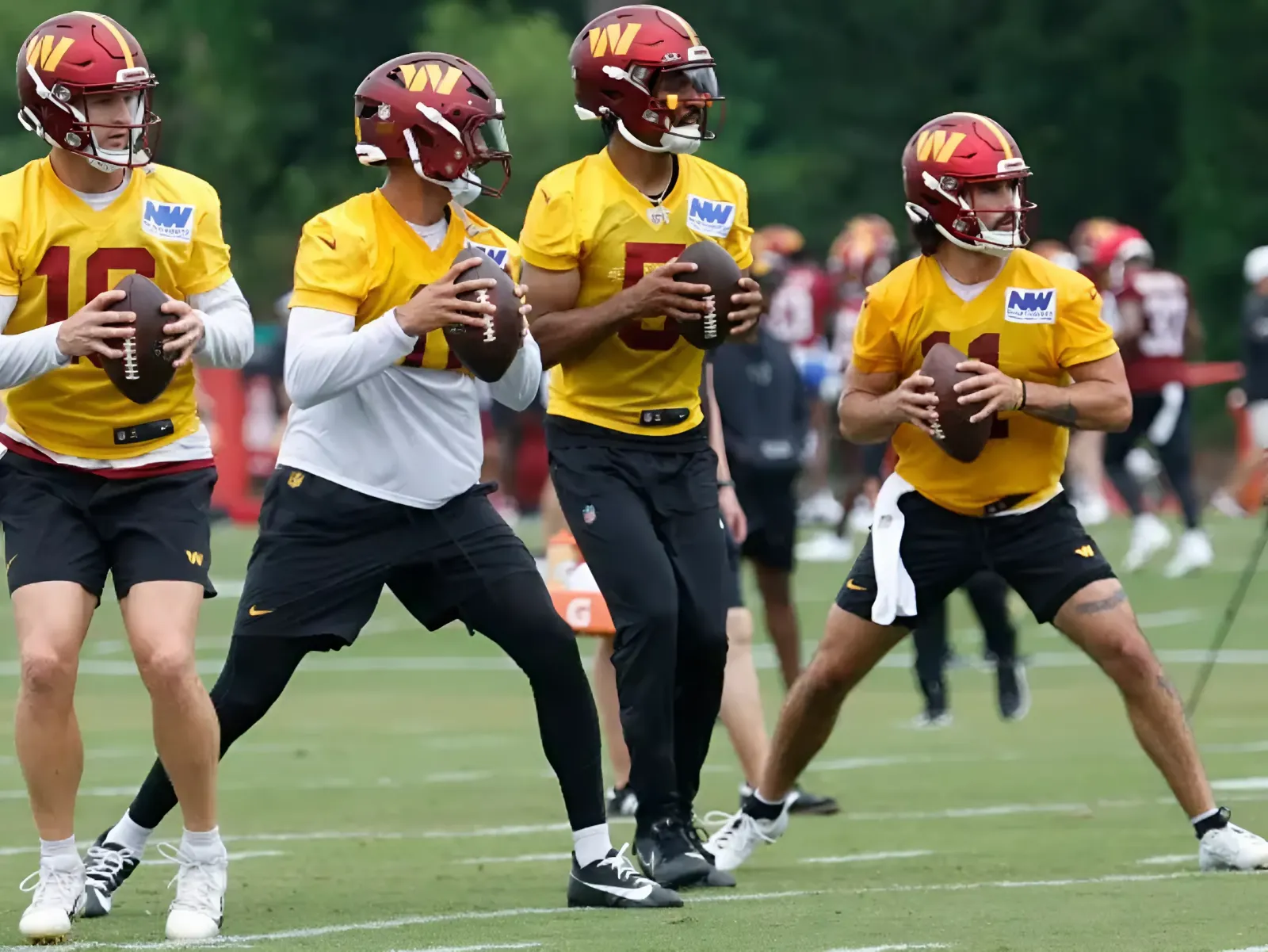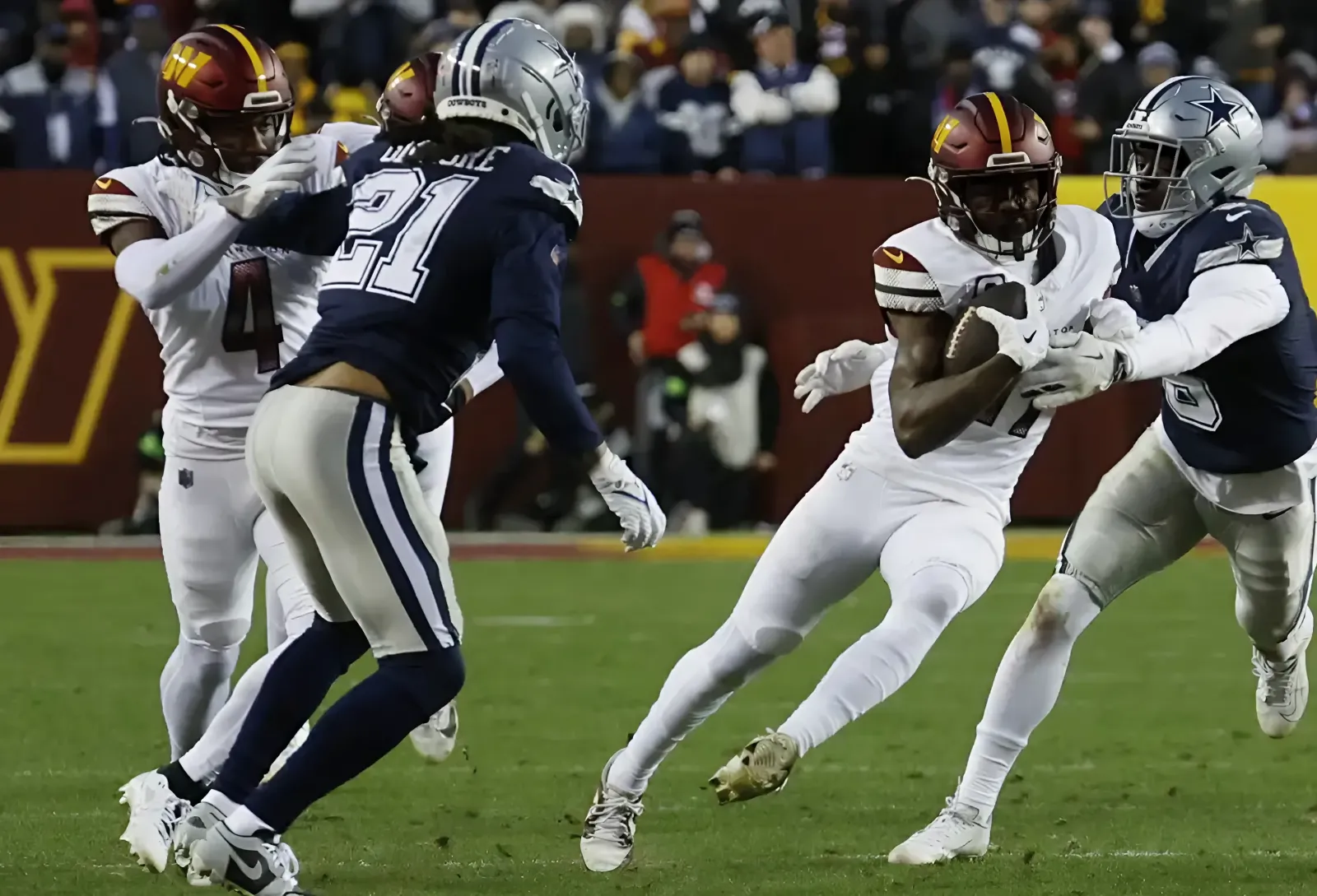The Toronto Maple Leafs’ recent 4-0 shutout victory over the Boston Bruins offered fans a glimpse of a team ready to embrace a more physical, disciplined style of play. For years, the Maple Leafs’ finesse-heavy approach struggled to hold up against aggressive teams like Boston, especially during crucial games. But in this outing, Toronto matched Boston hit-for-hit while maintaining composure and control.

Matthew Knies, Toronto Maple Leafs (Photo by Mark Blinch/NHLI via Getty Images)
This new, gritty approach was part of the Craig Berube plan. On Tuesday, it worked to a tee. It disrupted Boston’s physical game plan and showed a balance in Toronto’s roster that could make them more capable against playoff-caliber opponents. Here’s a closer look at how the Maple Leafs executed their game plan. As I discuss the game, I’ll also break down key contributors and moments reflecting Toronto’s playing style shift.
Toronto’s Physicality & Discipline Matched Boston’s Edge
One of the most notable aspects of this game was how the Maple Leafs stood their ground against the Bruins. Boston is a team known for its physicality. However, Toronto took it to the Bruins. They were able to respond to Boston’s attempts at rough play, which was a departure from previous games. The Maple Leafs sometimes got rattled, lost focus, and took retaliatory penalties in past games. In this Bruins game, the Maple Leafs delivered big hits, initiated physical battles along the boards, and generally matched Boston’s intensity without falling into undisciplined play.
Even then, the Maple Leafs got called for their fair share of penalties. But “fair share” is the key phrase. They didn’t draw extra (read needless) penalties.
Rather than retaliating recklessly, Toronto kept its cool. When Boston was called for its own “fair share” of penalties, the Maple Leafs capitalized on Boston’s infractions and scored three power-play goals. The disciplined approach kept the team in control of the game’s pace and, importantly, its emotions.
Players like David Kämpf and Ryan Reaves set the tone early, providing the physical response necessary without drawing penalties. This controlled aggression disrupted the Bruins’ rhythm and prevented them from pushing the Maple Leafs around. All in all, it was a necessary improvement. If the experiment is going to work, two things must happen. First, the Maple Leafs have to be aggressive without being reckless. Second, the Maple Leafs must make their opposition pay for the penalties they take. If those two things occur simultaneously, Toronto can establish itself as a team that can handle the pressure come playoff time.
Knies’ Power Play Role Brought Both Balance and Grit
Matthew Knies, the emerging Maple Leafs power forward, was instrumental in the power play’s success. He provided a net-front presence the Maple Leafs have historically lacked. His physicality and willingness to battle in high-traffic areas created space for skilled players like Mitch Marner and William Nylander to operate effectively. Knies’ almost immovable presence forced Boston’s defenders to stay alert around the crease. The tactic disrupted their penalty kill and opened passing lanes for Toronto’s shooters.
Knies’ contributions weren’t limited to the power play. He’s growing equally effective in even-strength situations, where his work along the boards and in front of the net wore down Boston’s defence. This Zach Hyman-like ability to screen the goalie and win puck battles adds a gritty dimension to Toronto’s offence that’s been missing in recent years. Given his success against the Bruins, it seems like a no-brainer that Knies will find a regular role on the top power-play unit.
If Knies maintains this level of play, he will add a needed balance to Toronto’s skilled forward group.
Marner Became the “Bruins Killer”
Mitch Marner has a reputation for stepping up in games against the Bruins. He lived up to that reputation once again. His dynamic play was fully displayed by creating power-play chances and contributing to the penalty kill. His versatility proves valuable in almost every game. Against the Bruins, he managed to keep Toronto’s offensive pressure high and disrupt Boston’s efforts during their power plays.
One of Marner’s most memorable contributions was setting up David Kämpf for a breakaway on the penalty kill. The play underscored Marner’s defensive awareness and quick decision-making. His Bruins’ performance reaffirmed Marner’s role as a crucial two-way player who can impact both ends of the ice. Against a team like Boston, known for its relentless forecheck and offensive pressure, Marner never lost his ability to execute under pressure. He underlined why he remains a key figure in Toronto’s lineup.
Goaltending Depth and Size: Anthony Stolarz’s Scary Strong Play
Goaltender Anthony Stolarz’s first shutout for his new team was another high point. He was Toronto’s last line of defence, and he did his job perfectly. With solid rebound control and a calm presence in the net, Stolarz gave Toronto the stability it needed to handle Boston’s attacks, especially during penalty kills. The radio broadcasters postgame noted his impressive glove work and positioning, which kept the Bruins from capitalizing on second-chance opportunities.
Stolarz’s performance also underscored the Maple Leafs’ improved goaltending depth this season. His strong showing gave the team a much-needed confidence boost and hinted at healthy competition for the starting role, which could be a game-changer for Toronto as the season progresses. With Joseph Woll in the mix, the Maple Leafs now have a goaltending duo capable of stepping up in high-pressure games—a critical element Toronto has lacked in past playoff runs.
Can This Grittier Style Lead to Postseason Success for the Maple Leafs?
The Maple Leafs’ victory over Boston suggests that this new physical and balanced approach could be the missing link Toronto needs to contend with top-tier teams, especially in the playoffs. However, one game does not make a season. Questions remain about the sustainability of this style over the long haul. Can the Maple Leafs consistently maintain their composure and discipline in high-stakes matchups? And will players like Knies continue to thrive in gritty roles as the season wears on?
As the Maple Leafs prepare for challenging games with other divisional rivals, the lessons from this game against Boston offer a promising blueprint. This season might be different if Toronto can hold onto this physical edge, limit unnecessary penalties, and rely on players like Marner and Knies to drive offence and defence.
Fans are hopeful, and the next few games will be a test of whether the team can finally shake off its reputation as a finesse-first team and evolve into a gritty, playoff-ready contender.



